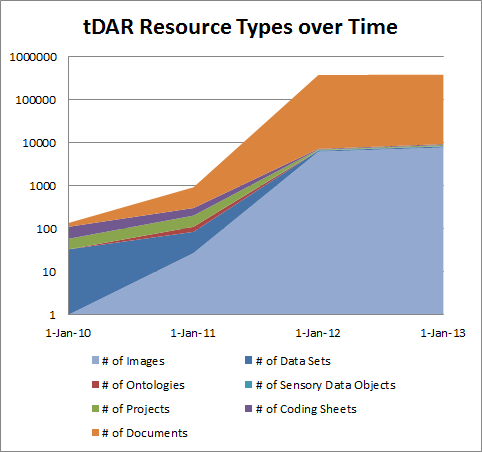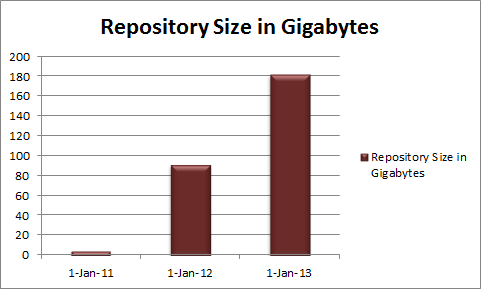Come visit Leigh Anne Ellison at the Arizona Historic Preservation Conference, in Mesa, Arizona later this week. She will be on hand at The Center for Digital Antiquity/tDAR booth in the exhibitor’s hall on Wednesday, Thursday, and Friday. Please stop by to learn more about what is new at tDAR, ask questions, or just say hi!
Attend a tDAR related session:
Managing Archaeological Information: The Central Arizona Project Legacy and Current Efforts
On Friday afternoon (3:10-4:00 PM, Fiesta Room), Keith Kintigh will moderate a panel session describing the Bureau of Reclamation, Phoenix Area Office’s (PXAO) approach to curating the results of their public projects with tDAR. Reclamation archaeologists and Digital Antiquity staff are making digital information and resources from Reclamation’s decades of archaeological studies for the Central Arizona Project widely available to researchers in Arizona and beyond.
These efforts have led the PXAO to upload the results of current investigations to tDAR for accessibility and long-term preservation. Panelists include Leigh Anne Ellison (The Center for Digital Antiquity), Jon Czaplicki (Bureau of Reclamation PXAO), Adam Ricks (Bureau of Reclamation PXAO), Robert Stokes (Archaeological Consulting Services, Inc.), Glen Rice (Professor Emeritus, Arizona State University School of Human Evolution and Social Change), and Arleyn Simon (Director of the Archaeological Research Institute at Arizona State University) will consider the following developments and issues:
- steps necessary for preparing and creating an accessible digital archive
- challenges of providing appropriate access to archaeological data and shielding sensitive data selection of appropriate materials for a digital archive
- steps for making digital archiving a part of your current workflow for ongoing and future projects
Each panelist will speak for a few minutes and the balance of the time will be utilized for discussion and questions. We hope you can attend!
Cultural Resource Management in the 21st Century: Technological Applications in the Public and Private Sectors
Later on Friday afternoon (4:10-5:00 PM, Fiesta Room), Josh Watts, a former Digital Antiquity Data Curator will speak on a panel diwscussing the use of technological platforms in cultural resource management and its increased importance to archaeological consultants, architectural historians, land managers, and scholars in recent years. As technological capabilities have increased and the need for expedited transmission of digital data has become necessary, agencies, consultants, and the academic community have developed sophisticated methods for resource recordation, analysis, and management that were unavailable or impossible just a few years ago. This technological advancement is not without problems, however. Historians and archaeologists are increasingly encountering challenges with standardization and accessibility of data, software and hardware compatibility, digital standards, security, and other potential setbacks. This panel features three archaeologists who are currently confronting these problems through technological innovation including tDAR.

